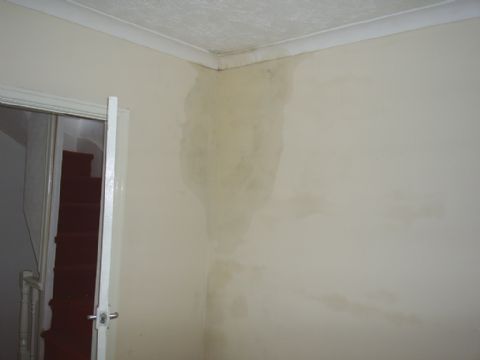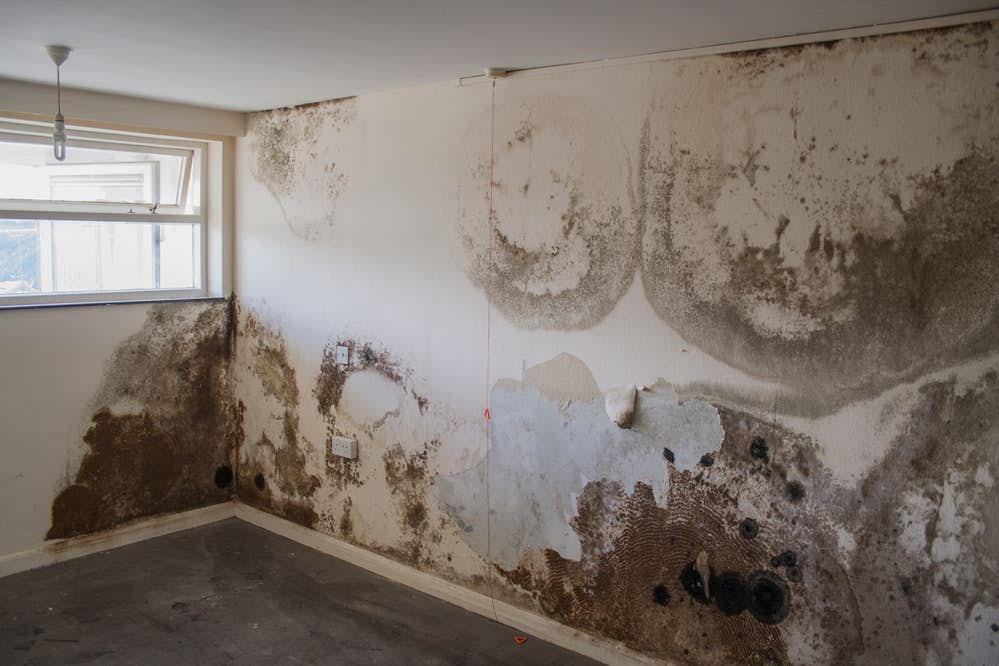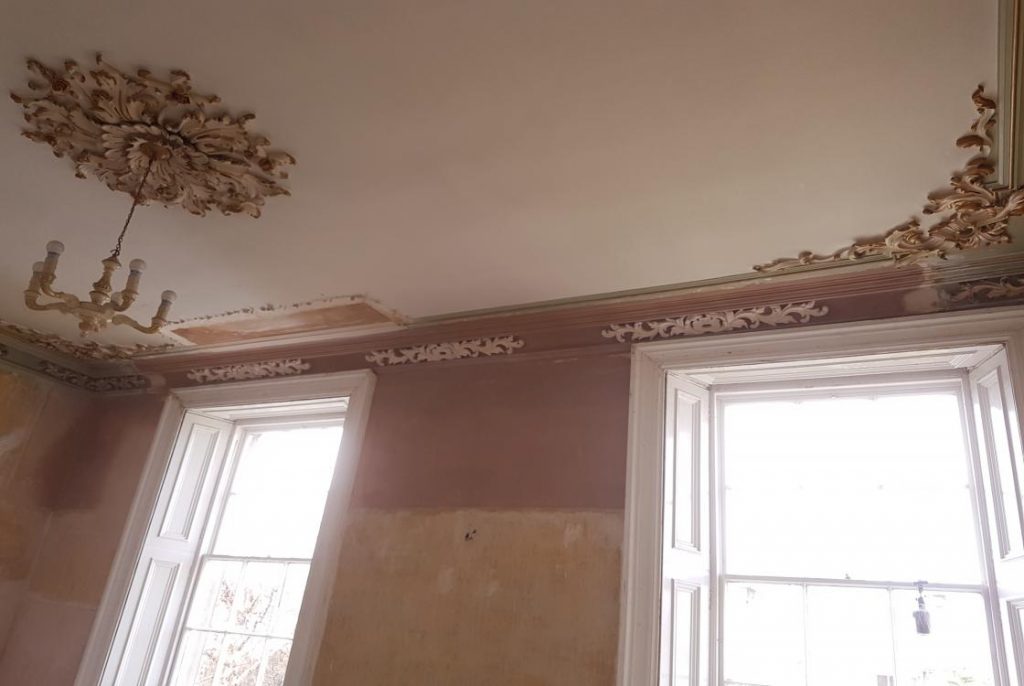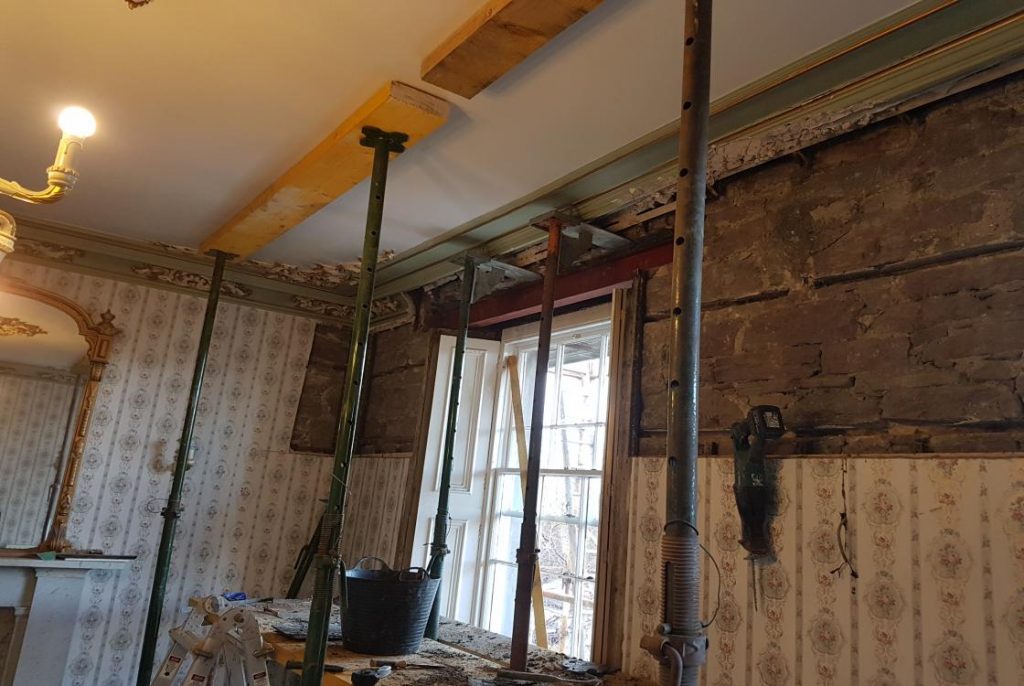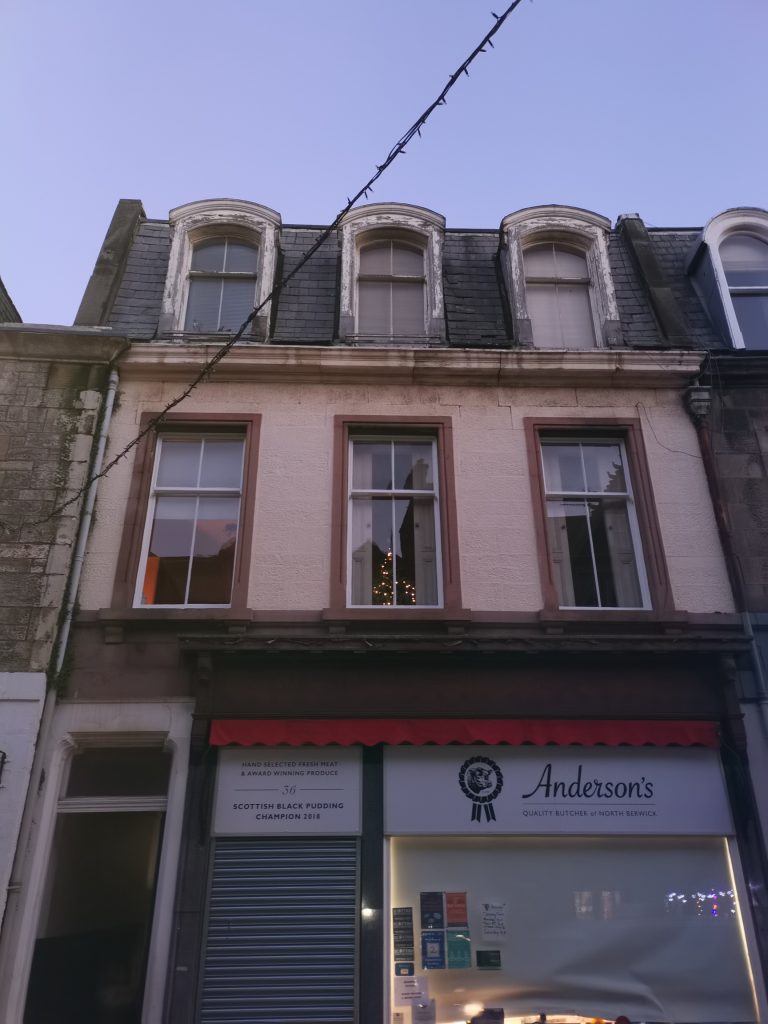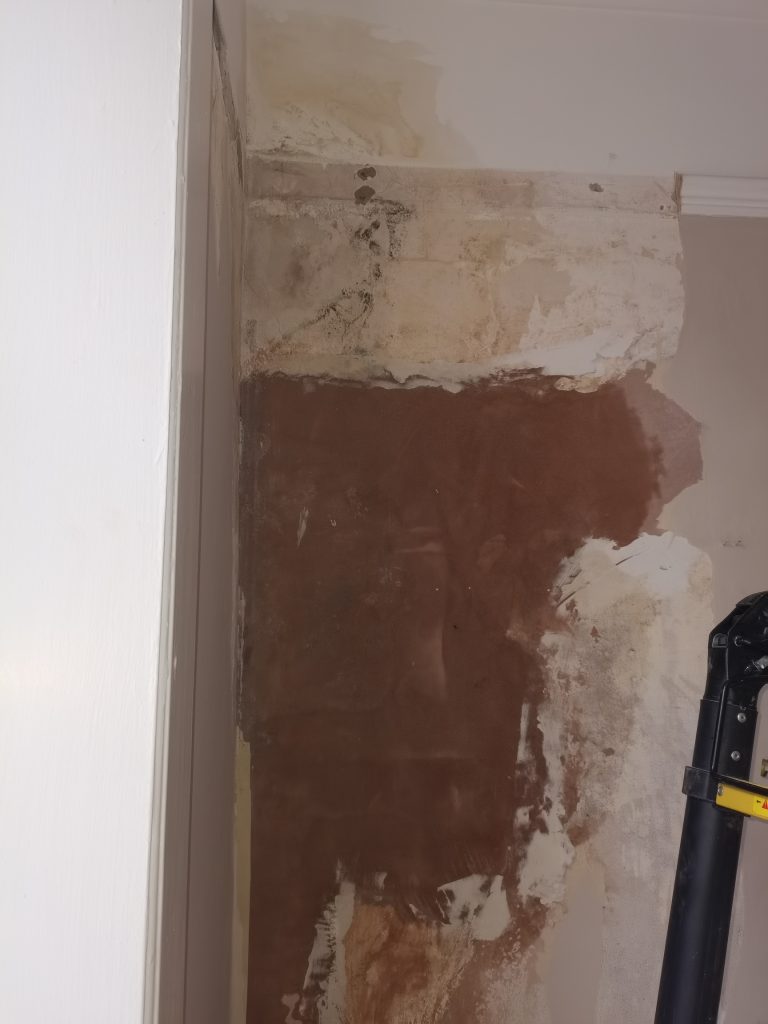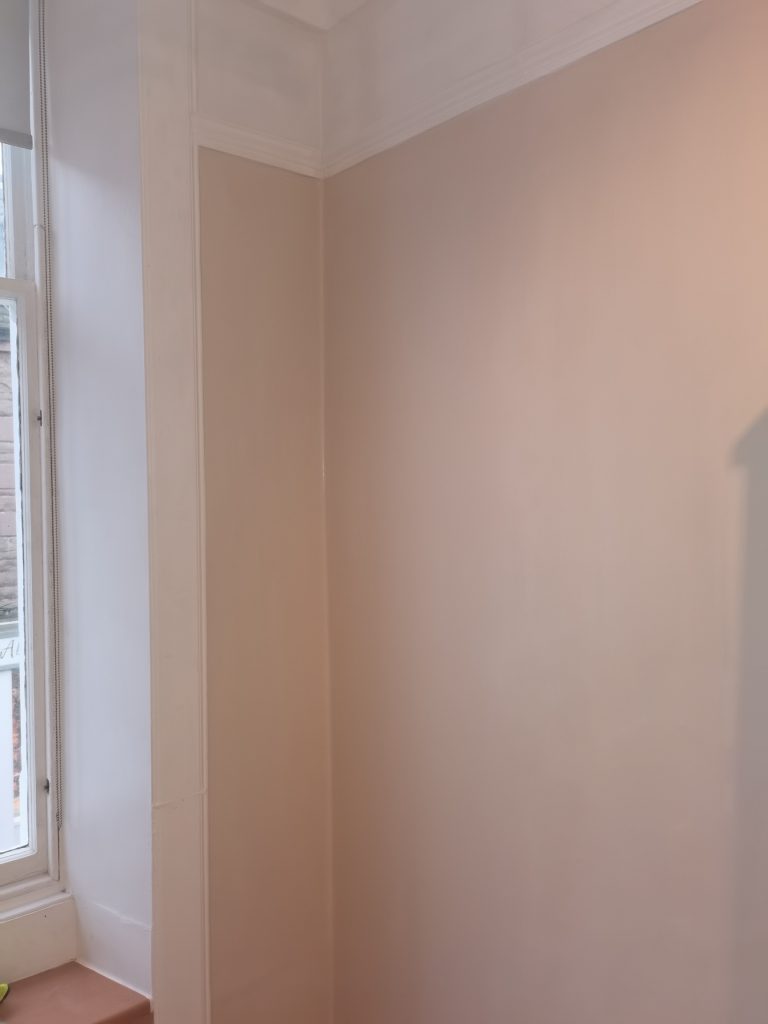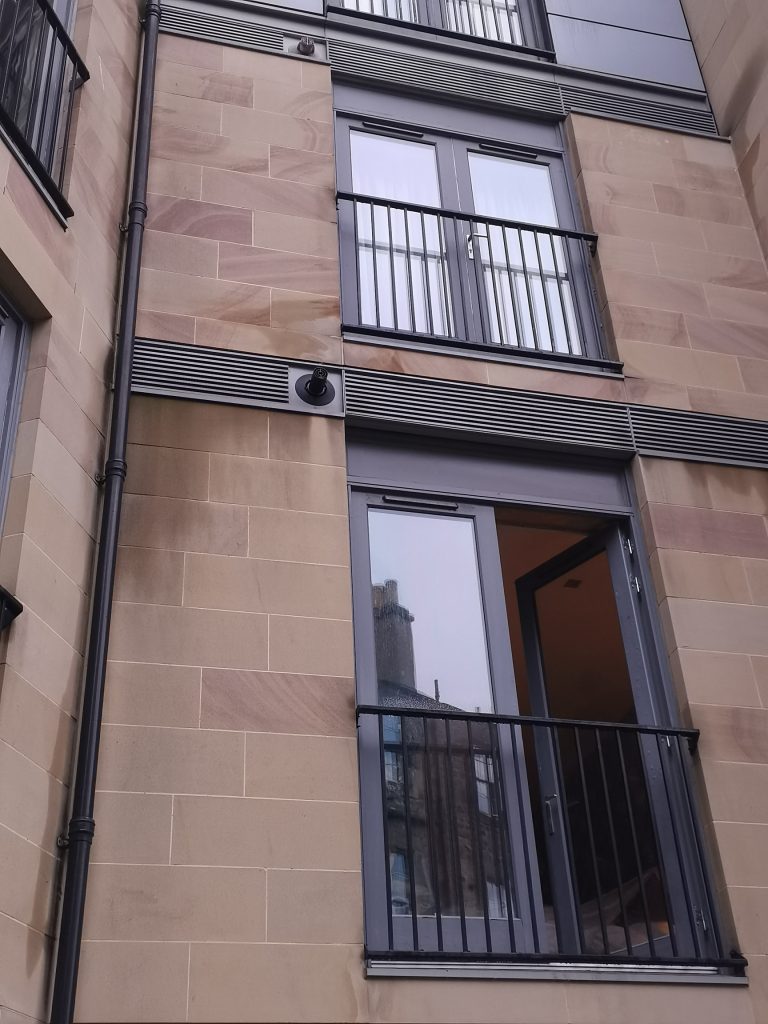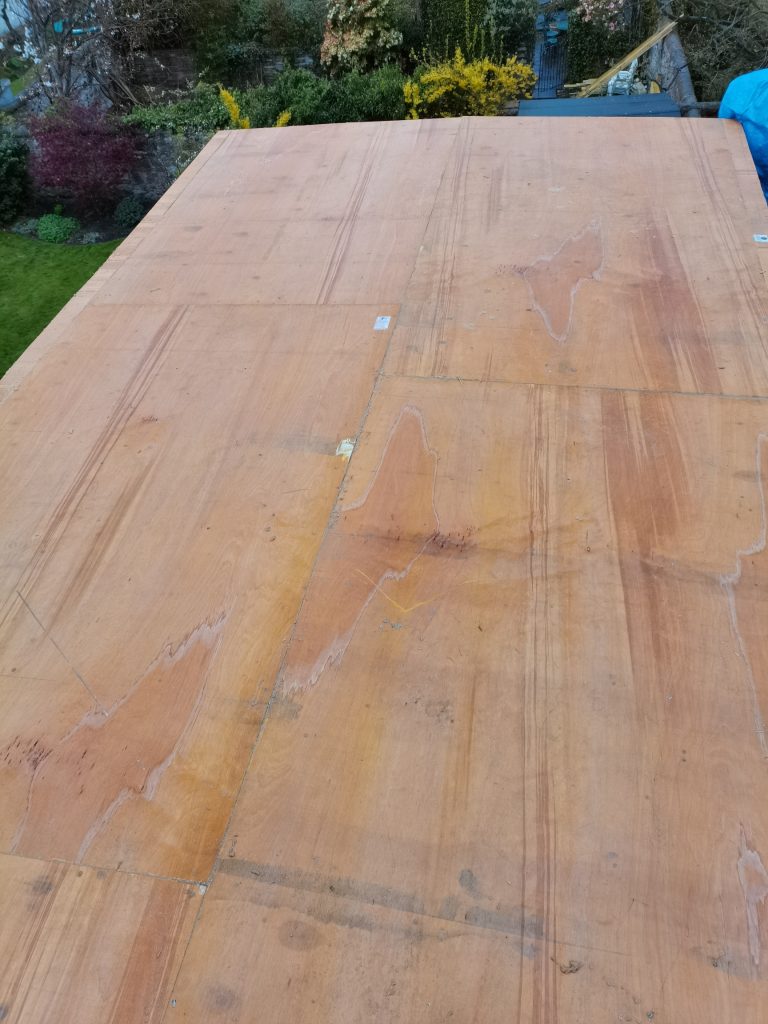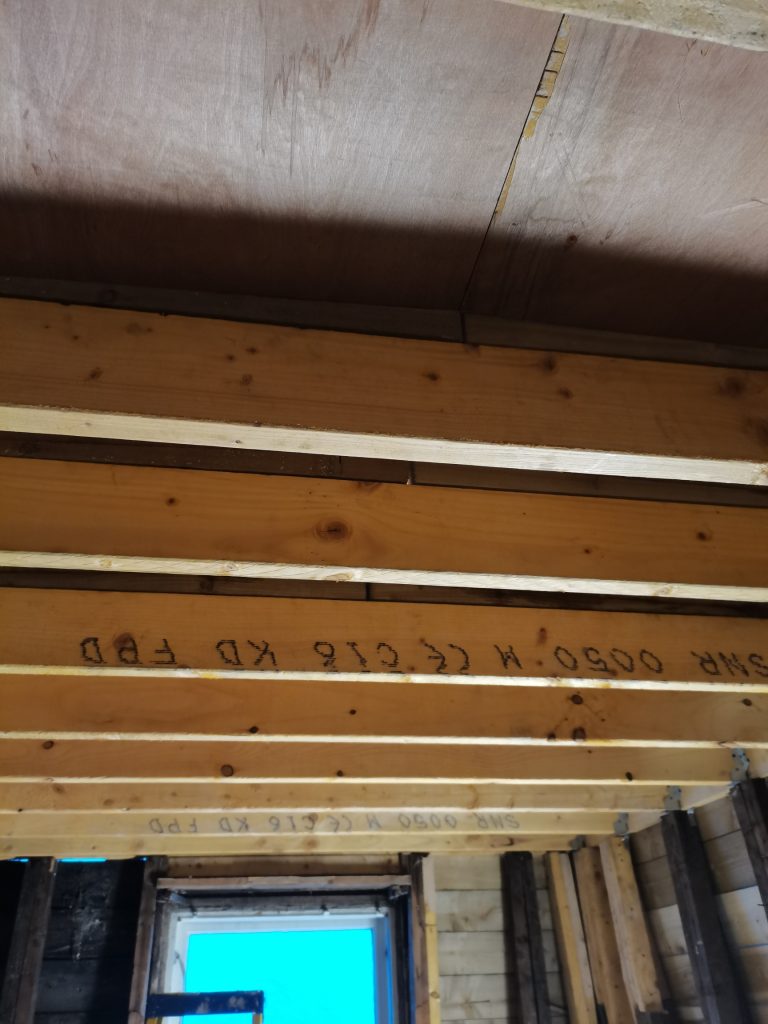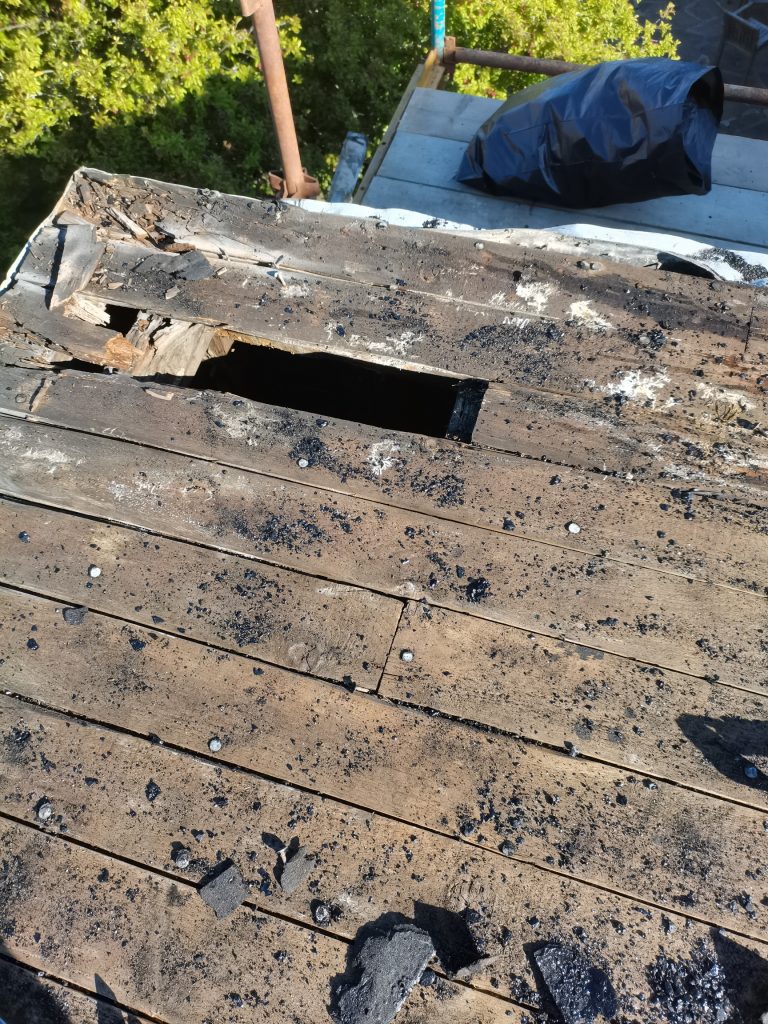External Investigation
The lists below are examples of where penetrating damp may be entering the building and should be thoroughly examined from the external in relation to an internal examination.
The Roof
• Blocked gutters, especially in the hidden valleys of the roof or defective rainwater goods.
• Defective surfacing to valley gutters and flat roofs.
• Missing, broken, displaced or loose tiles or slates.
• Faulty flashing around chimneys.
The Walls
• Deterioration of mortar in brickwork joints.
• Faulty or missing damp proof course.
• Bridging over the damp proof course by soil in flower beds, plinths, etc.
• Blocked air-bricks.
• Cracked or broken pipes, both water-pipes and waste pipes.
• Faulty flashing around window frames (throats to sills).
• Continued overflow from cisterns or water tanks.
Ivy or other climbing plants may hide many of the above faults and roots may undermine foundations causing breaks in damp courses. Roots of nearby trees may cause similar damage to foundations and damp-courses.
Penetrating damp treatment
As penetrating damp often occurs at higher levels, it is not something that can typically be fixed by using a damp proof course. Most importantly, the correct source of the penetrating damp issue has to be identified and fixed first.
Following that, often, cavity wall membrane systems or a waterproof epoxy system is used to dry and shield the area preventing any further damp problems. Afterwards, the existing damp plaster can be removed and new plaster with a waterproof chemical can be installed.
